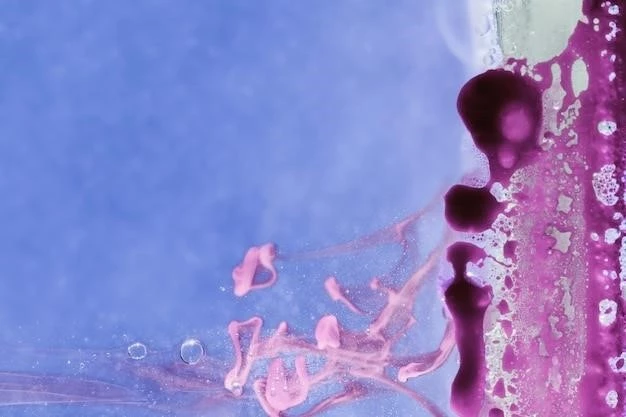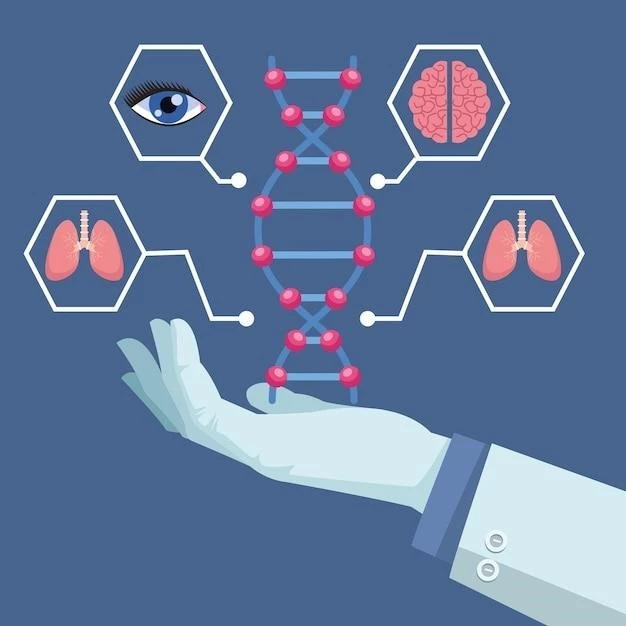Hereditary xerocytosis (HX) is a rare disorder characterized by RBC permeability defects, leading to variable hemolytic anemia and iron overload.
Definition and Characteristics
Hereditary xerocytosis (HX) is an autosomal dominant congenital hemolytic anemia distinguished by red blood cell membrane abnormalities increasing cation permeability and efflux of potassium over sodium, leading to decreased intracellular potassium content. This results in a unique osmotically resistant phenotype termed ″xerocytes.″ The disorder is characterized by hemolysis, increased mean corpuscular hemoglobin concentration, macrocytic stomatocytosis, and variable degrees of anemia. Diagnosis involves genetic testing for mutations in the PIEZO1 gene and distinguishing it from other red blood cell disorders such as hereditary spherocytosis.
Clinical Features and Diagnosis
Hereditary xerocytosis is a rare disorder characterized by red blood cell membrane abnormalities, resulting in hemolytic anemia and iron overload. Diagnosis involves genetic testing for mutations in the PIEZO1 gene.
Hereditary xerocytosis manifests with variable degrees of hemolytic anemia and iron overload due to red blood cell membrane abnormalities. The condition is often mistaken for other congenital hemolytic anemias like hereditary spherocytosis, and splenectomy is not recommended due to the increased risk of thromboembolic complications.
Hemolytic Anemia and Iron Overload
Hereditary xerocytosis presents with varying degrees of hemolytic anemia and iron overload due to aberrant red blood cell membrane permeability. The condition often mimics other hemolytic anemias and requires caution in management.
Mutations in PIEZO1 Gene
Hereditary xerocytosis arises from mutations in the PIEZO1 gene, associated with increased cation permeability in red blood cells. This gene encodes a mechanosensitive cation channel that plays a key role in linking mechanical stimuli to cellular responses, leading to the distinct erythrocyte dehydration observed in individuals with hereditary xerocytosis.

Epidemiology and Population Genetics
Hereditary xerocytosis is rare and often misdiagnosed, impacting individuals of diverse ethnic backgrounds with a prevalence estimated at around 1 in 50,000 births. It presents complex interactions with other red blood cell disorders and requires comprehensive genetic testing for accurate diagnosis;
Prevalence and Ethnicity
Hereditary xerocytosis is a rare disorder with a prevalence estimated at around 1 in 50,000 births, affecting individuals of various ethnic backgrounds. The condition displays complex interactions with other hereditary red blood cell disorders and requires detailed genetic testing for accurate diagnosis.
Differential Diagnosis
Hereditary xerocytosis is distinguished from other red blood cell disorders like hereditary spherocytosis through genetic testing and clinical evaluation.
Distinguishing from Hereditary Spherocytosis
Hereditary xerocytosis can be differentiated from hereditary spherocytosis through specific genetic testing to identify mutations in distinct genes associated with each disorder. Clinical evaluation plays a crucial role in accurately diagnosing and managing these hereditary red blood cell abnormalities.
Treatment and Management
Management of hereditary xerocytosis involves genetic testing for mutations in the PIEZO1 gene and avoiding splenectomy due to increased thromboembolic risks.
Avoidance of Splenectomy
For individuals with hereditary xerocytosis, it is crucial to avoid splenectomy due to the heightened risk of thromboembolic complications associated with the condition. Genetic testing for mutations in the PIEZO1 gene is essential for accurate diagnosis and appropriate management strategies.

Research and Recent Developments
Advancements in understanding hereditary xerocytosis include the identification of mutations in the PIEZO1 gene using next-generation sequencing technologies to enhance diagnostic accuracy.
Next-Generation Sequencing in Identifying Mutations
Next-generation sequencing techniques have revolutionized the identification of mutations in the PIEZO1 gene, aiding in precise diagnosis and understanding of hereditary xerocytosis. These advancements improve the management and genetic counseling for individuals with this rare disorder;
Future Prospects and Challenges
Advancements in understanding red blood cell disorders, including hereditary xerocytosis, offer promising avenues for improved diagnosis, treatment, and genetic counseling. However, challenges remain in effectively managing the complex interactions of these conditions with other hereditary alterations.
Advancements in Understanding Red Blood Cell Disorders
Ongoing advancements in unraveling red blood cell disorders, including hereditary xerocytosis, offer promising prospects for enhanced diagnostic precision and therapeutic interventions. However, the field faces challenges in effectively managing the intricate interplay of these conditions with other hereditary blood alterations.
